"I realized that the role of symbolic jewellery has changed so much over the centuries, so if we think back to the Renaissance or to other earlier periods, jewellery was really a mean of establishing status and wealth, and since then that role has changed, is now more a mean of estabilishing indipendent individualistic identity. We could also say that the role of symbolism itself is changed in our culture, now if you think of a symbol, you might think of the Coca Cola logo, or the Nike swoosh, or the Apple on the back of your laptop."
"I realized that the role of symbolic jewellery has changed so much over the centuries, so if we think back to the Renaissance or to other earlier periods, jewellery was really a mean of establishing status and wealth, and since then that role has changed, is now more a mean of estabilishing indipendent individualistic identity. We could also say that the role of symbolism itself is changed in our culture, now if you think of a symbol, you might think of the Coca Cola logo, or the Nike swoosh, or the Apple on the back of your laptop."
A piece of jewellery is traditionally a symbol, whether of power, status, identity or memory. But a piece of jewellery can also symbolise devotion, sentiment or even a territory. In Glenn Adamson’s selection of jewellery, the past meets the present through its symbols: from the marvellous breastplate of the Madonna del Monte Berico, to the crosses, ruffs and crowns that symbolise power, wealth and nobility, through to the evolution of necklaces, bracelets and rings that have gone from aristocratic to pop symbols
Collana, Jesus Superstar
Attai Chen
Necklace, Jesus Superstar, 2013
wood, color, plastic, gold leaf
40 x 7,5 x 5 cm
Collection of the artist
No symbol is more common in European jewellery than that of the Christian cross. The selection here includes one by Israeli artist Attai Chen that evokes the elaborate objects of the baroque period, but is made of humble paper.
Gorgiera, Rough Ruff
Daniel Jocz
Ruff, Rough Ruff, 2007
aluminium, brass, auto-body lacquer, chrome
45,7 x 48,3 x 31,8 cm
Museum of Arts and Design, New York
Historically, a lace ruff was a way to show the wearer’s wealth. It was more expensive thanit looks, because it had to be laboriously bleached and folded by servants. Moreover, it wasimpossible to wear one while working at a dirty laborer’s job, so it clearly indicated highstatus. Contemporary versions of the ruff play with the idea of putting the wearer’s headwithin such an elaborate frame.
Spilla - prima met. XIX secolo
Brooch
Vicenza, early 19th century
burnished steel, yellow gold, pink gold, diamonds, sapphires, rubies, amethysts, beads
13.5 x 5 cm
Private collection
A brooch of masonic inspiration showing a serpent in twisted steel.
Brooches are one of the most common types of contemporary jewellery, because they give an artist the chance to make a miniature sculptural statement.
Collana, Scherben von Moritzplatz Berlin
Necklace, 7-Up, 1977
silver, vinyl, acrylic, polyester resin
26,7 x 23,2 x 4,8 cm
Museum of Arts and Design, New York
Parure - Gioielleria Marangoni
Gioielleria Marangoni di Vicenza
Parure, Vicenza, late 19th century
yellow gold, enamel and turquoises
necklace 42.5 x 4.1 cm; earrings 7.4 x 2.3 cm;
brooch 9.8 x 2.3 cm; diadem 13.5 x 3.5 x 4
cm; clasp 4.3 x 3.2 m
Private collection
An important and elaborate parure in yellow gold and enamel of the late nineteenth century consisting of a necklace, a brooch, a belt buckle, a pair of pendant earrings and a tiara. All the jewellery is made of yellow gold foil, worked from double hollow sheet, with turquoises and floral-inspired decorations executed in enamel. The degree of conservation is perfect and makes it possible to admire the excellent level of workmanship.
Corona 1900
Crown
Vicenza, 1900
gold, peridot, diamonds, rubies, pearls, sapphires, amethyst, white gold (half gold, half silver), colored stones
ø 26 cm x h 34 cm
Comunità dei Frati dei Servi di Maria di Monte Berico
The Crown of Our Lady of Monte Berico highights the craftsman’s art applied to jewellery. The material execution was entrusted to the firm of Angelo Marangoni, the oldest Venetian jewel maker in terms of generational continuity (since 1770), with the collaboration of engraver Attilio Tosetti and setters Michelon e figli which has its shop in the lower loggias of the Basilica. They have given a final form to a series of many individual donations and votive offerings made in honour of Mary over the centuries.
Confirming the importance of the coronation, Pope Leo XIII specifically donated a precious ring which, with its imposing amethyst, has been set in the centre of the crown. An anecdote of the time states that the Holy Father replied to those urging him to offer a gift for the crown by removing the ring from his finger: “This is my gift to the Madonna of Monte Berico.”


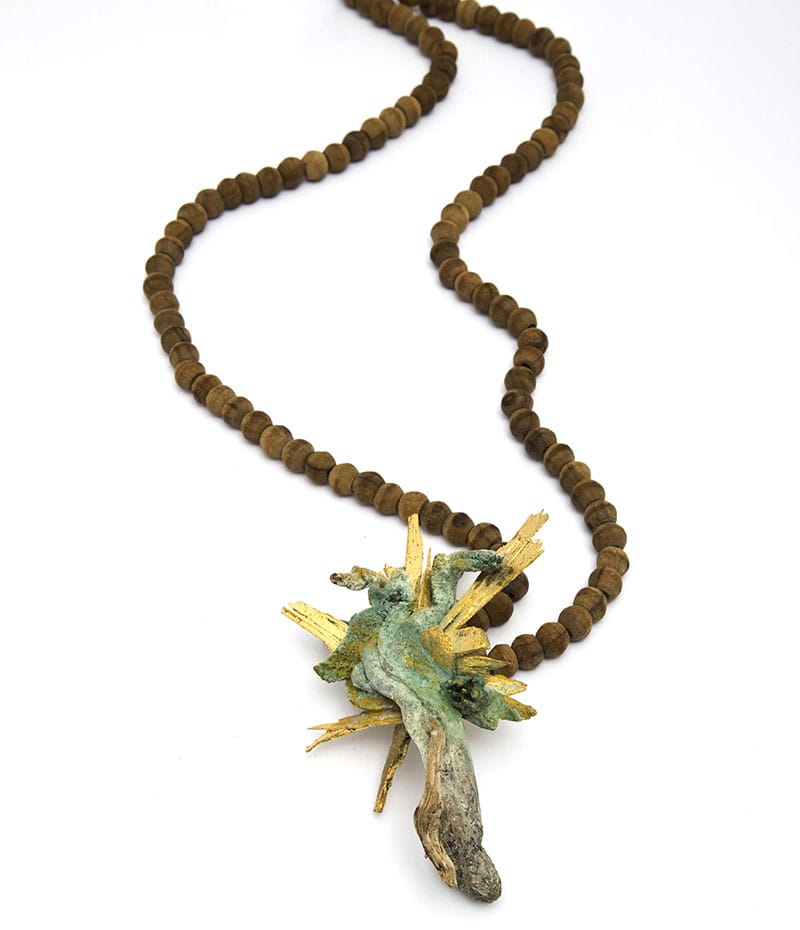
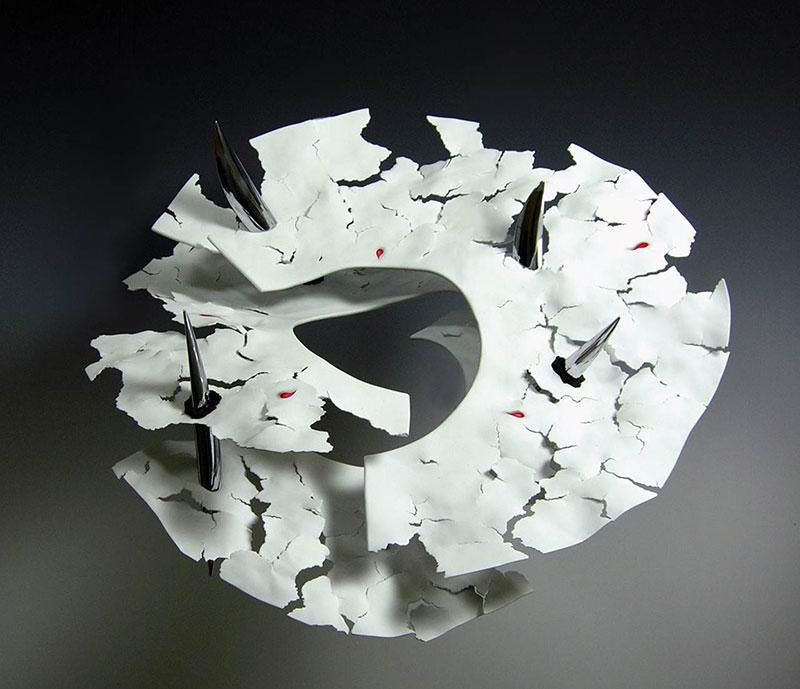
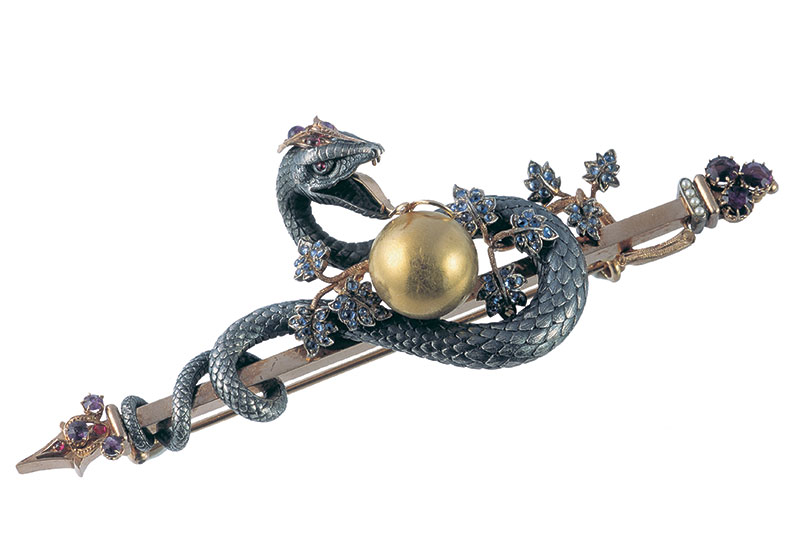
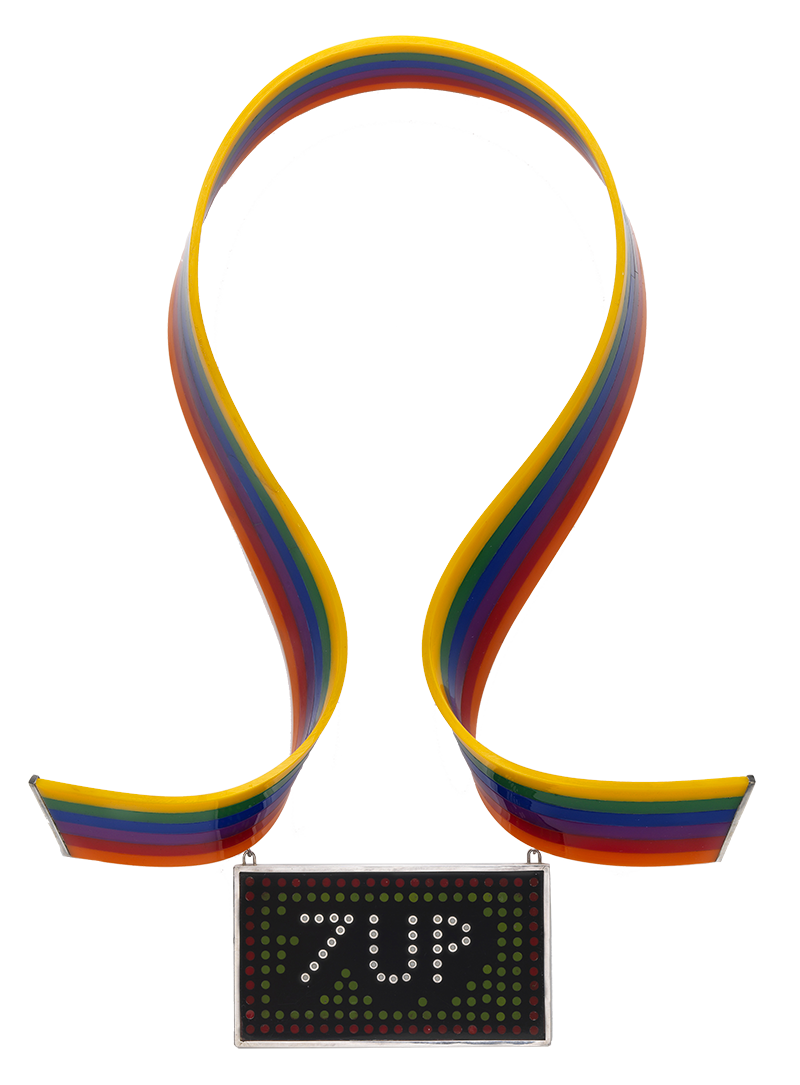
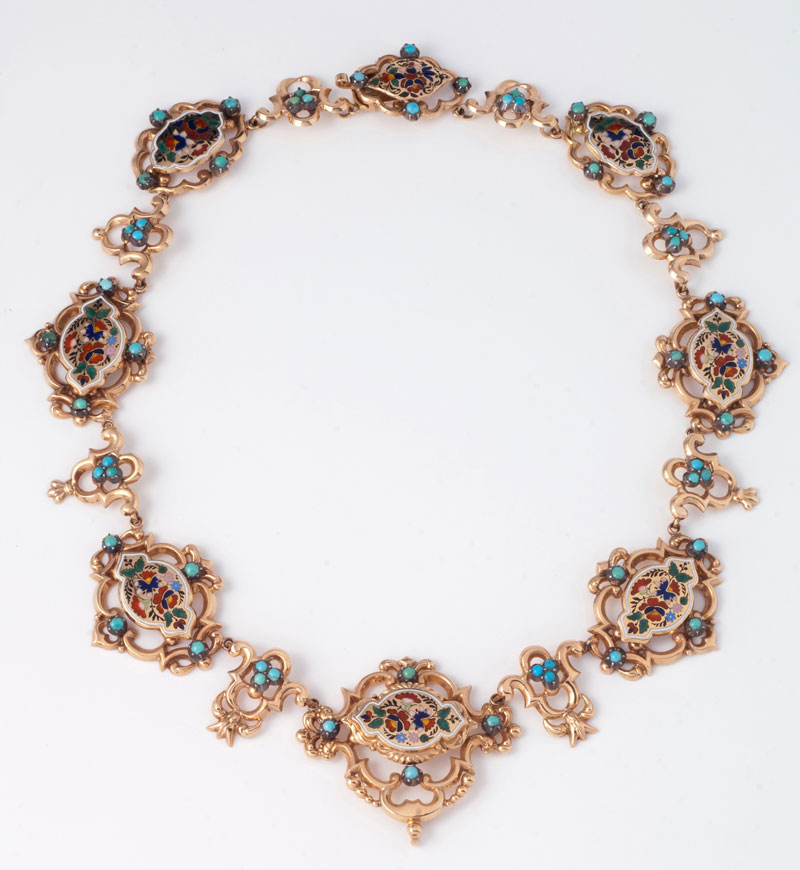
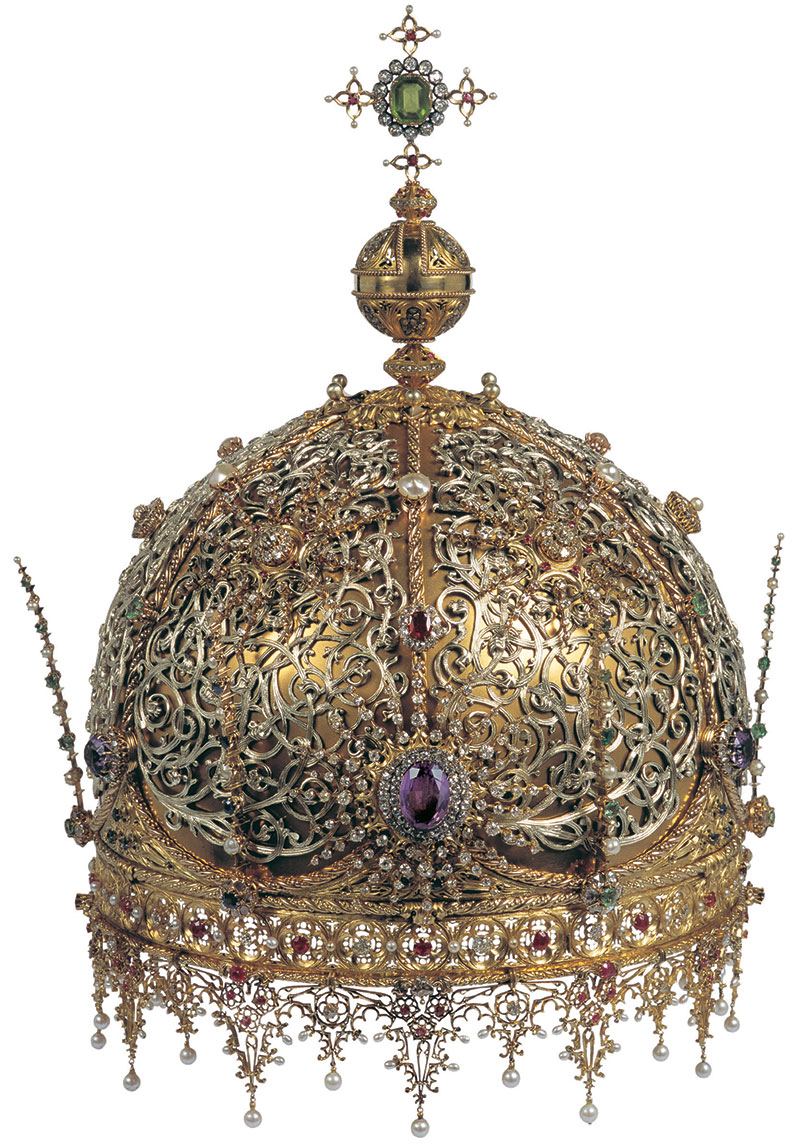

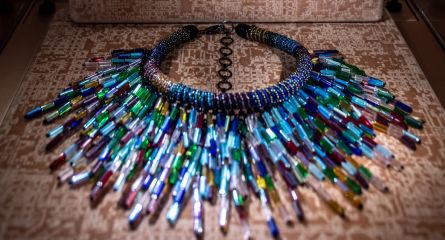
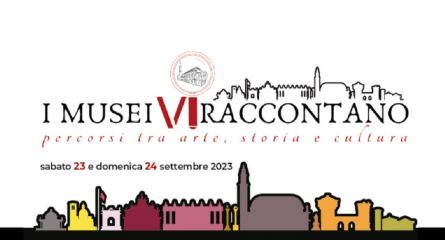
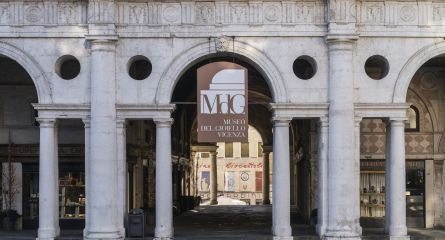








Follow us on social networks
Subscribe to the newsletter